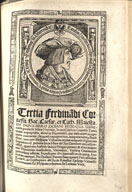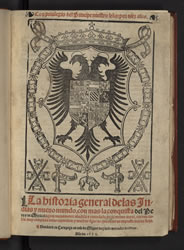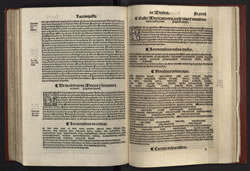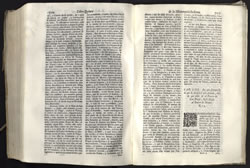
Initiated by Columbus’ 1492 voyage, the search for precious metals and native peoples to exploit for tribute in goods and forced labor drove the Spanish invasion of the Americas. While a few ambitious Spanish immigrants, most with little or no military training, found glory and fame, most of these so-called conquistadores died in poverty and obscurity. However their quest for wealth inspired expeditions of exploration that furthered the boundaries of Spain’s American empire, including the one in 1542 that led Juan Rodríguez Cabrillo to San Diego. San Diego’s scant mention in the major sixteenth-century accounts of the conquest foreshadowed the peripheral role it played in Spain’s empire until the late colonial period.
From 1519 to 1521, Hernán Cortés and a small group of Spaniards invaded the Mexican mainland in search of precious metals and political power. With the assistance of thousands of native allies, the Spaniards conquered several indigenous city-states, culminating in the capitulation of Tenochtitlan (modern day Mexico City) in 1521. Juan Rodríguez Cabrillo was among those men who served under Cortés. After other ventures in Guatemala and a hiatus in Spain, Cabrillo undertook a voyage of exploration in 1542 up the Pacific coast at the request of the Viceroy of New Spain (Mexico). Cabrillo navigated the expedition’s flagship San Salvador into San Diego Bay on September 28th, 1542, christening it San Miguel and drawing San Diego into the Spanish empire.
Gómara was Hernán Cortés’ chaplain, secretary, and handpicked biographer. In the Historia, Gómara unabashedly depicted Cortes in a favorable light, noting among his many accomplishments his sponsorship in 1539 of explorations off the coast of Baja California that anticipated Cabrillo’s voyage to San Diego by three years. Published in the 1550s, Gómara’s narrative marks the first time that the word “California” appeared (twice!) in a printed book.
Published in 1615, the Franciscan friar Juan de Torquemada’s monumental three volume Monarquía indiana offered a sprawling chronicle of the Spanish conquest and of indigenous civilization. Torquemada included information on the 1602 expedition led by Sebastián Vizcaíno to Alta California on the flagship San Diego. It was during this voyage that the area was renamed from San Miguel to San Diego. While Torquemada’s work described San Diego as a “famous port,” the harbor would not become the site of brisk maritime activity until Spanish colonization began in earnest in the 1770s.







